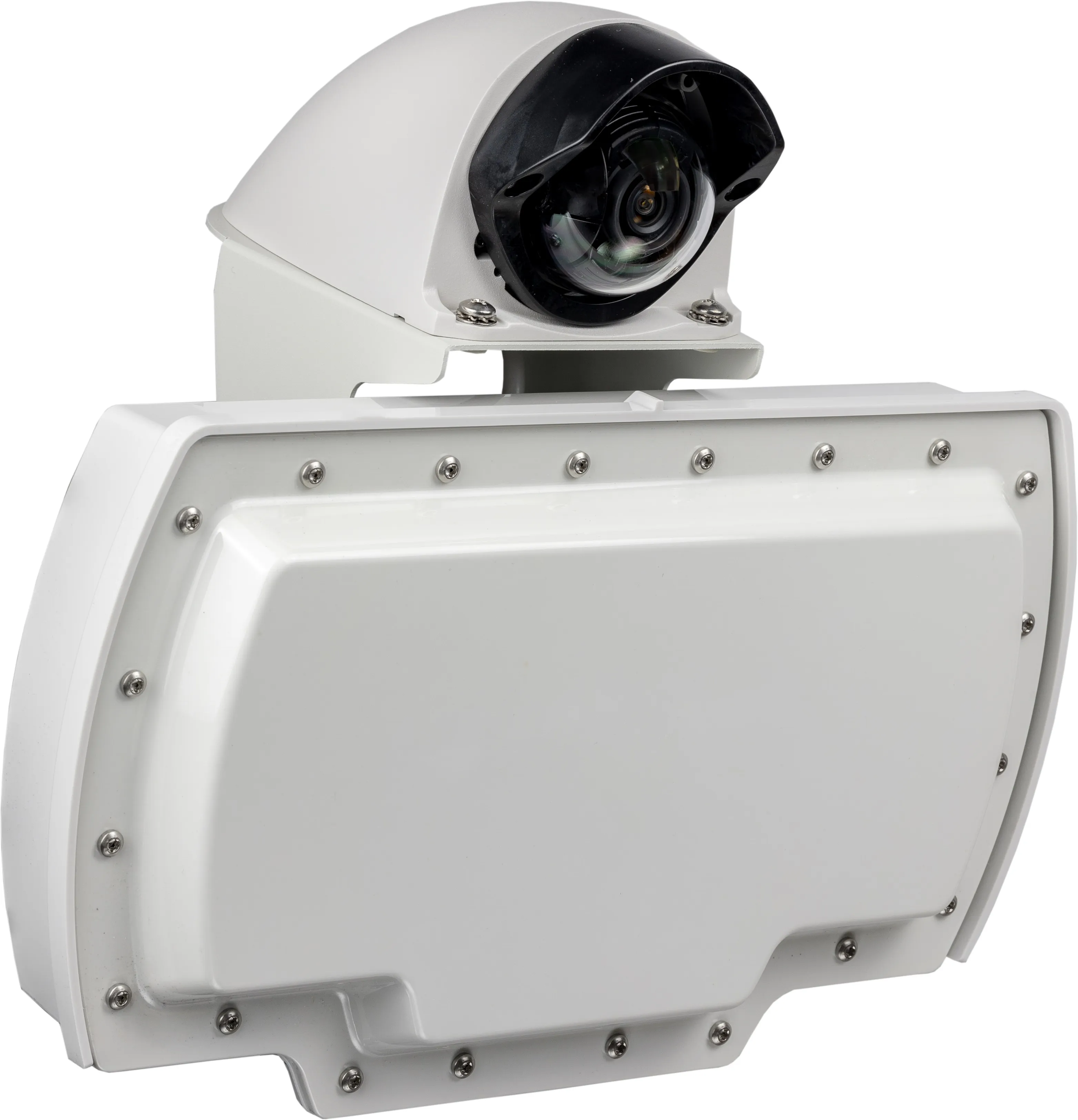
Sensys Networks says the newest addition to its portfolio - radar detection solution RTMS Echo - can identify and track individual vehicles across as many as 12 lanes per device.
The pole-mounted side-fire radar units are quick to install, and come with a browser-based interface, providing data which Sensys says will maximise existing infrastructure and "optimise the safety and efficiency of roadways".
With integrated Wi-Fi connectivity, RTMS Echo can be configured with a computer, tablet or smartphone. Traffic data includes vehicle counts, speeds, classifications, travel times and vehicle dwell times.
The solution came under Sensys' umbrella when parent company TagMaster bought the radar business of ISS earlier this year.
The company says it will offer traffic professionals greater accuracy, identifying and tracking individual vehicles with high precision, even in heavy traffic conditions.
This means cities "can monitor traffic flow, identify congestion hotspots, predict future traffic conditions and implement traffic management strategies".
One RTMS Echo radar can monitor as many as 12 detection zones up to 250 feet away.
“Adding the accuracy of RTMS Echo radar to our detection portfolio is a natural fit with our highly accurate wireless and video detection technologies,” says Bill Weber, VP of Sales & Marketing in North America.
“Now, with a full range of detection technologies, we can offer agencies and our partners more options to help save lives and reduce congestion.”










